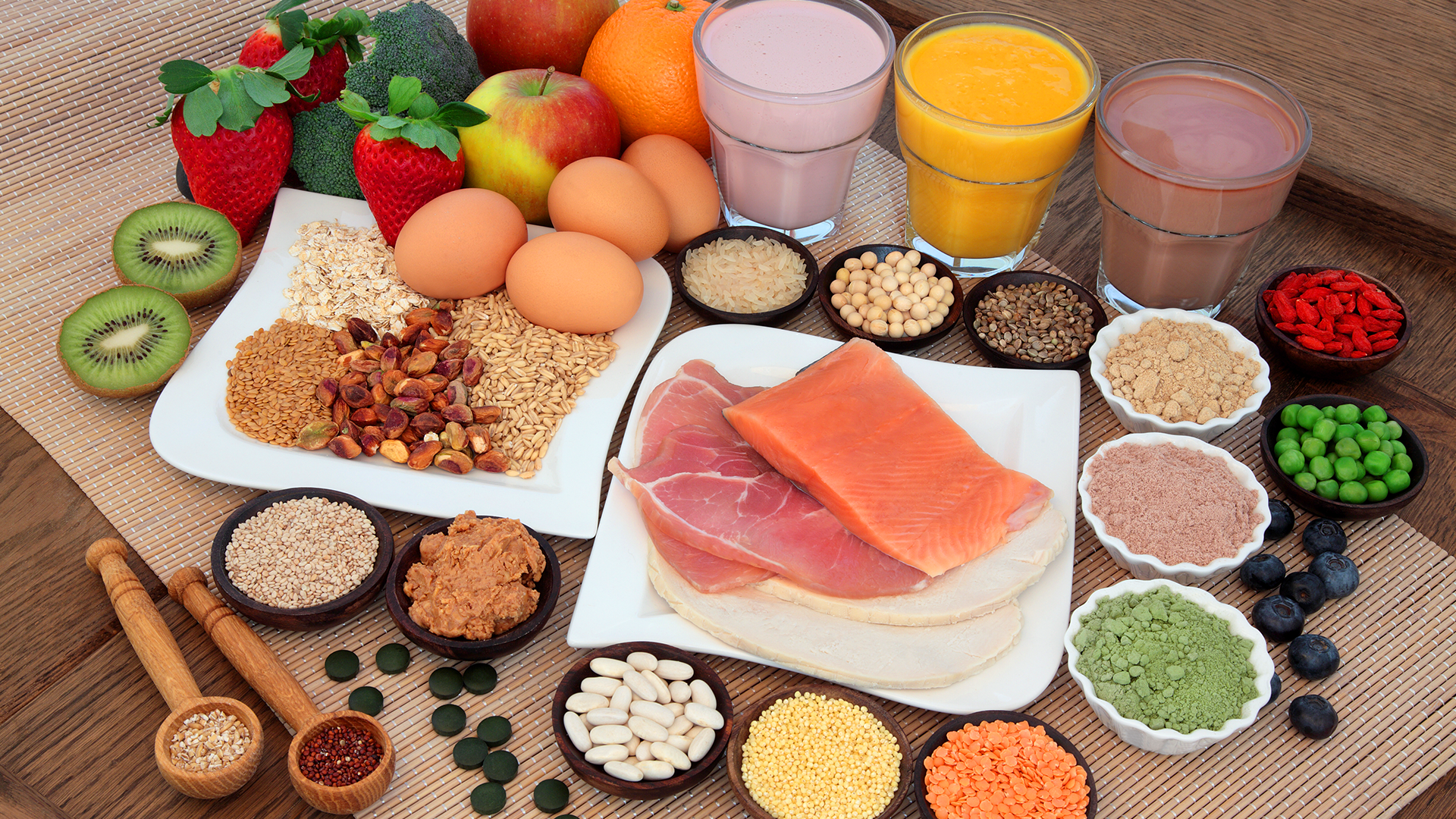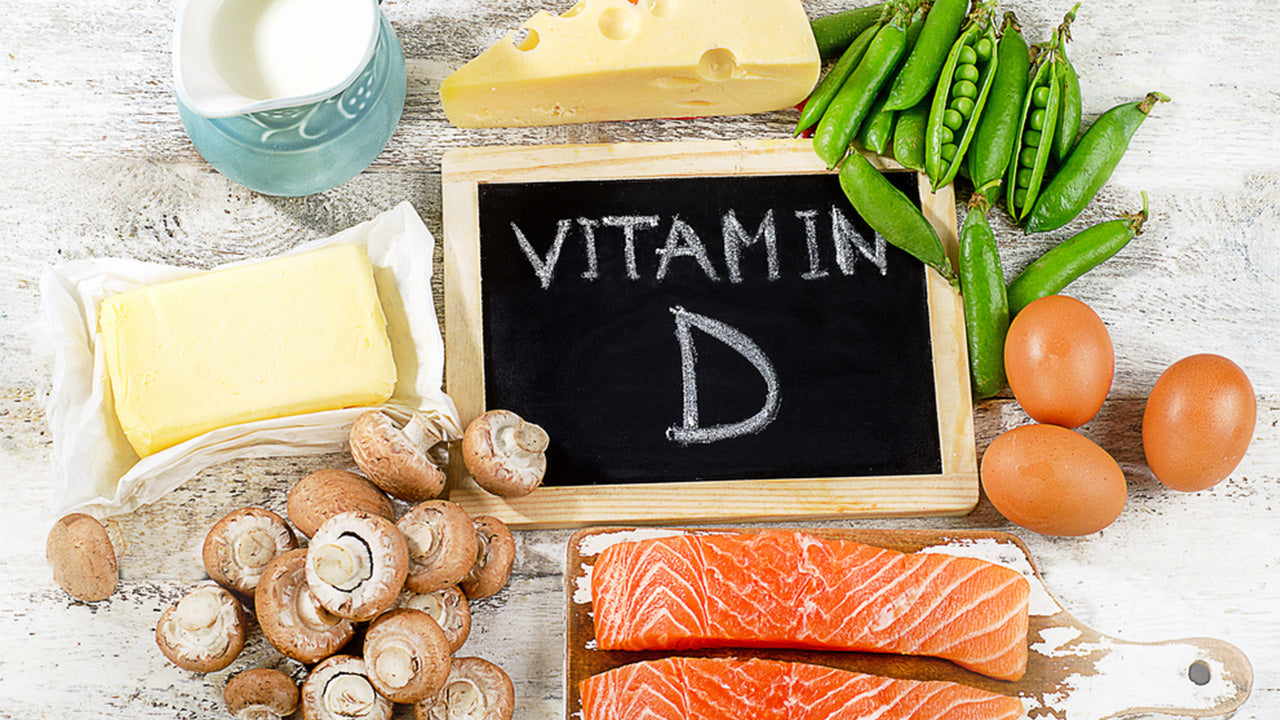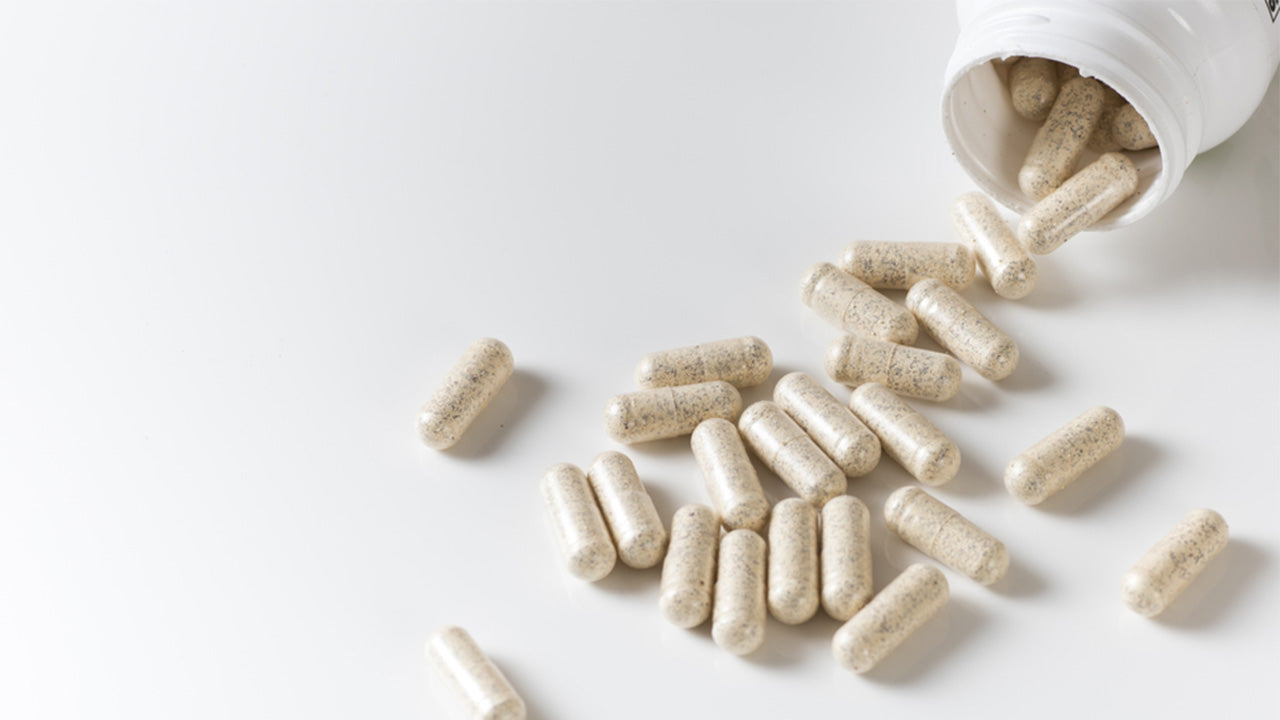Everything You Need to Know About Amino Acid Nutrition
 By: by Amino Science
By: by Amino Science

Whether you’re young or old, vegan or omnivore, training for a marathon or relaxing on the couch, you need an optimal supply of amino acids each and every day. For not only are amino acids the building blocks of protein, but protein is second only to water in terms of its importance to the human body. But how do you know you’re getting the amino acids you need to ensure optimal health and well-being? Let's take a closer look at this important topic and find out everything you need to know about amino acid nutrition.
Amino Acids and Protein
To understand optimal amino acid nutrition, it’s first necessary to understand the important role amino acids play in the life of protein.
Amino acids are involved in almost every biochemical process carried out in the body, from neurotransmitter and energy production to fat metabolism to blood flow, immune system, and blood sugar regulation.
But amino acids are most closely associated with muscle protein synthesis, or the creation of new body proteins.
All the proteins in our bodies are created from long chains of amino acids. Even though the human body uses only 20 different amino acids—11 nonessential amino acids and 9 essential amino acids—the various proteins in our bodies are almost infinitely varied. This is because the type of protein created is determined not only by the number and order of the amino acids in the chain, but also by the way the chain folds in on itself.
On the face of it, this might not seem very impressive. But if you look more deeply at the math, the sheer number of potential proteins is positively mind boggling. For example, the typical protein length is about 300 amino acids. This means that the combinations of amino acids theoretically possible for just the average protein are greater than the number of atoms in the universe!
Of course, like everything else in life, amino acids and proteins have evolved so that only the most stable chains with specific chemical properties are created. Even so, if just one amino acid is missing, protein synthesis can’t occur.
In addition, while the body is able to create the 11 nonessential amino acids on its own, the 9 essential amino acids must be obtained from dietary protein. For this reason, essential amino acids are the only macronutrients required for survival.
Before we move on to the next section, it might be helpful to differentiate between the nonessential and essential amino acids. The 11 nonessential amino acids are:
- Alanine
- Arginine
- Asparagine
- Aspartic acid
- Cysteine
- Glutamic acid
- Glutamine
- Glycine
- Proline
- Serine
- Tyrosine
And the nine essential amino acids, including the three branched-chain amino acids (BCAAs), are:
- Histidine
- Isoleucine
- Leucine
- Lysine
- Methionine
- Phenylalanine
- Threonine
- Tryptophan
- Valine
How Much Protein Do I Need?
The recommended dietary allowance (RDA) for protein is 0.8 grams for every 2.2 pounds of body weight. However, this is only a guideline, as requirements differ based on a variety of factors, including sex, age, and activity level.
To get a better idea of your personal requirements, the United States Department of Agriculture (USDA) offers a very handy tool for calculating protein needs based on a number of different factors.
What’s the Best Protein to Eat?
As you might imagine, animal protein sources contain the highest levels of amino acids per calorie. Animal proteins are also considered the highest quality proteins based on their ease of digestibility and because they contain adequate amounts of all nine essential amino acids.
However, not all animal protein is created equal. For example, organic and grass-fed meat is generally leaner and contains higher levels of healthy fats than industrially raised meat, which is loaded with antibiotics and hormones linked to a number of health risks. And processed meat is packed with nitrates, nitrites, salt, and other preservatives.
In addition, although most plant proteins are considered incomplete due to their low levels or lack of one or more of the essential amino acids, it’s still possible to get a sufficient supply of amino acids by eating a diverse array of plant-based protein sources.
What’s more, some plant protein sources, including quinoa and soy, do contain adequate levels of all amino acids and are thus considered complete proteins.

Amino Acid Nutrition for Optimal Health
Although a high-protein diet can usually get you where you need to be as far as amino acid nutrition is concerned, eating a limited vegetarian diet can make it more difficult to get all the protein your body requires for overall health. And if you’re eating a strictly vegan diet, you may have even more trouble meeting your daily protein requirements.
In addition, the aging process and certain disease states, like cancer and acquired immunodeficiency syndrome (AIDS), can affect amino acid metabolism, making the body more resistant to dietary protein and increasing daily amino acid requirements.
What causes this negative shift in amino acid metabolism?
Under normal circumstances, the ingestion of dietary protein leads to anabolism, or the production of new protein. Much of this new protein is then incorporated into muscle tissue—the body’s main protein reservoir.
Every time we use our muscles, especially during activities like strenuous exercise, we damage some of the muscle fibers. These damaged fibers are then broken down via a process of catabolism and replaced with new, stronger fibers (anabolism). This cycling between anabolism and catabolism is called muscle protein turnover.
However, if the process of muscle protein turnover becomes compromised by age, illness, or injury, muscle tissue not only becomes more resistant to protein synthesis, but the protein needs of the body’s other organs and tissues also begin to suffer.
Muscle tissue regularly gives up some of its amino acids to help support the rest of the body—whether it’s assisting wound repair, fighting infection, or balancing metabolic processes. So the rise of anabolic resistance can result in a vicious cycle of muscle loss that leads to a cascade of negative health effects throughout the body.
Unfortunately, we can also get caught in this vicious cycle if we don’t get a plentiful supply of amino acids from our diet.
This is where an amino acid supplement can be most helpful, as dietary supplements can provide benefits—including helping to overcome anabolic resistance—that even the highest quality dietary proteins cannot.
For example, clinical trials have shown that essential amino acid supplements can enhance muscle growth, decrease liver and body fat, help prevent metabolic syndrome, and speed recovery from serious injury or surgery.
And unlike protein powders, which are often loaded with carbohydrates, fats, and added sugars, amino acid supplements contain no carbs, fats, or added sugars and only minimal calories.
In fact, amino acids contribute only 4 calories for every gram consumed. So, for example, if you’re taking 4 grams of an amino acid supplement, you’re ingesting only 16 calories per dose—a welcome fact for anyone trying to manage their body weight.
Now compare this with the calories found in even high-quality protein sources like grass-fed meat. The same amount of grass-fed meat provides 100 calories—84 calories more than the equivalent amount of amino acids—half of which are in the form of saturated fat.
Studies have also shown that, gram for gram, essential amino acids are at least 3 times as effective as whey protein when it comes to stimulating muscle protein synthesis.
What’s more, supplemental amino acids are absorbed rapidly and completely, and they quickly reach higher peak concentrations than intact protein—or whole protein, with its strings of individual amino acids connected to one another (as opposed to the separated amino acids found in free-form amino acid supplements).
And unlike protein food sources, amino acid supplements can be formulated to optimally stimulate muscle protein synthesis based on an individual’s particular needs, whether that be supporting muscle growth and maintenance or blood sugar and weight control or cardiovascular, liver, and immune system health.
An appropriately formulated supplement can also help maintain the optimal balance of available amino acids in the blood—which is critical for everything from proper neurotransmitter production to efficient wound healing.
However, all amino acid supplements are not created equal, as many don’t take into account the fact that all essential amino acids must be present in their optimal amounts if proper protein synthesis is to take place. To reiterate our earlier discussion, if even one amino acid is missing, protein synthesis will stop.
In addition, amino acids compete for transport in both the gastrointestinal tract and at the blood-brain barrier, which means the amino acids present in the highest amounts will be given preferential treatment.
One example that illustrates the problem seen with incomplete amino acid formulations is BCAA supplements.
While BCAAs can be very effective for muscle building, if they’re included in a supplement that doesn’t contain a balanced supply of all the other essential amino acids, their effectiveness is minimized, as muscle protein synthesis requires that all essential amino acids be available.
Therefore, anyone interested in increasing their overall health with amino acid nutrition should be sure to look for a supplement that contains not only a selection of amino acids chosen for their specific health-promoting benefits—from increasing muscle strength to reducing liver fat, promoting blood flow, and speeding recovery from injury—but one that also contains a balanced supply of all nine essential amino acids. Look no further than The Amino Company. You can shop our entire line of products here.

Up to 25% off Amino
Shop NowTAGS: food supplements
Join the Community
Comments (0)
Most Craveable Recipes




 833-264-6620
833-264-6620



















